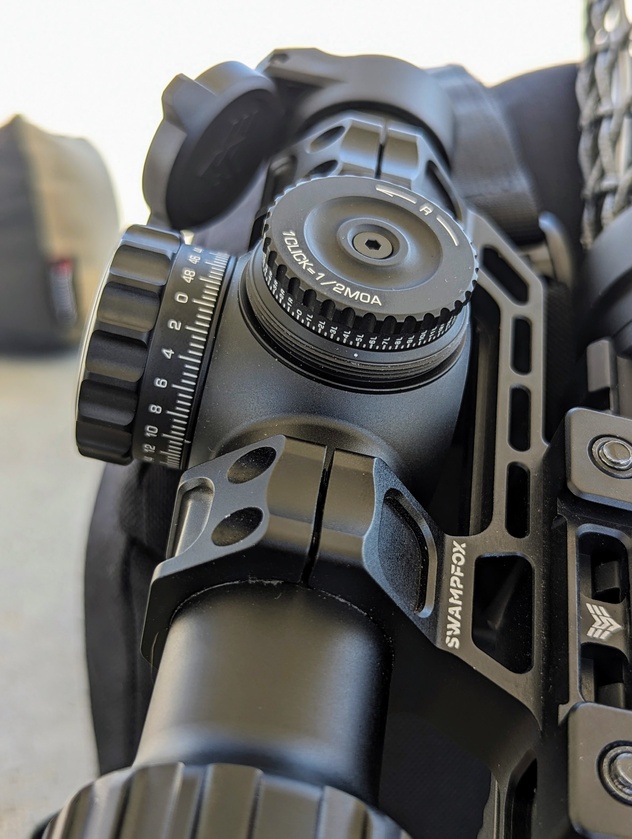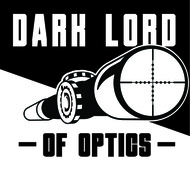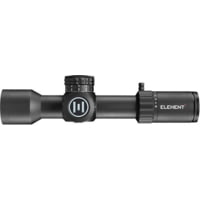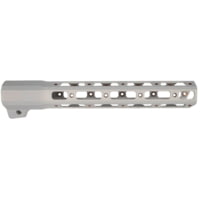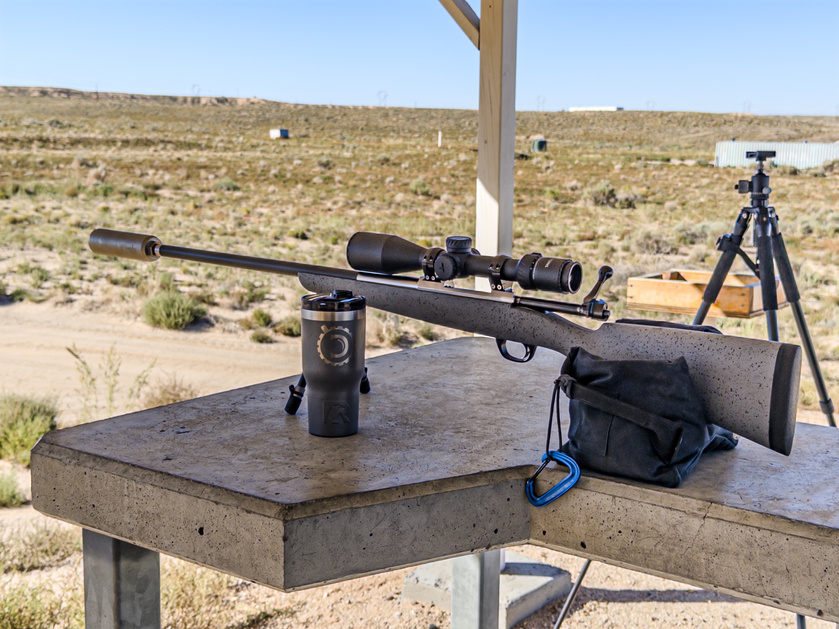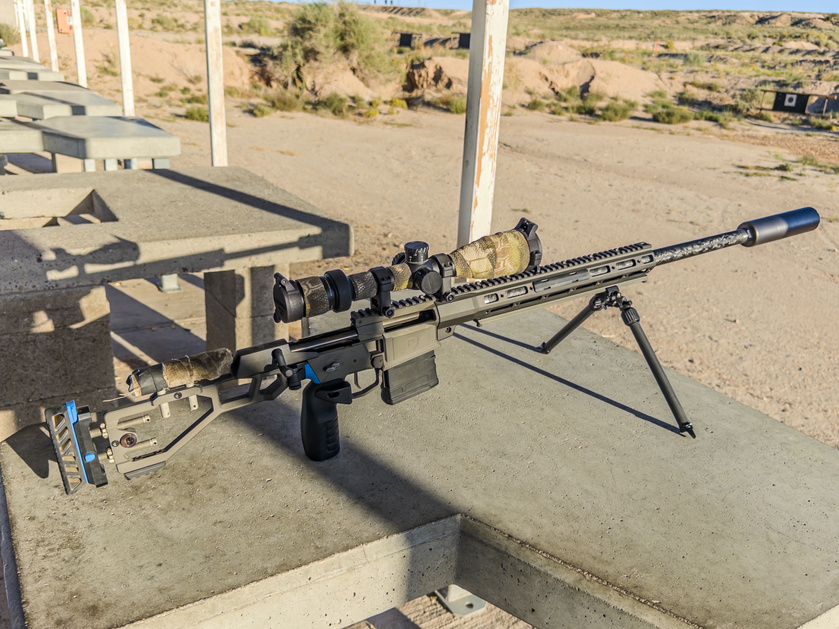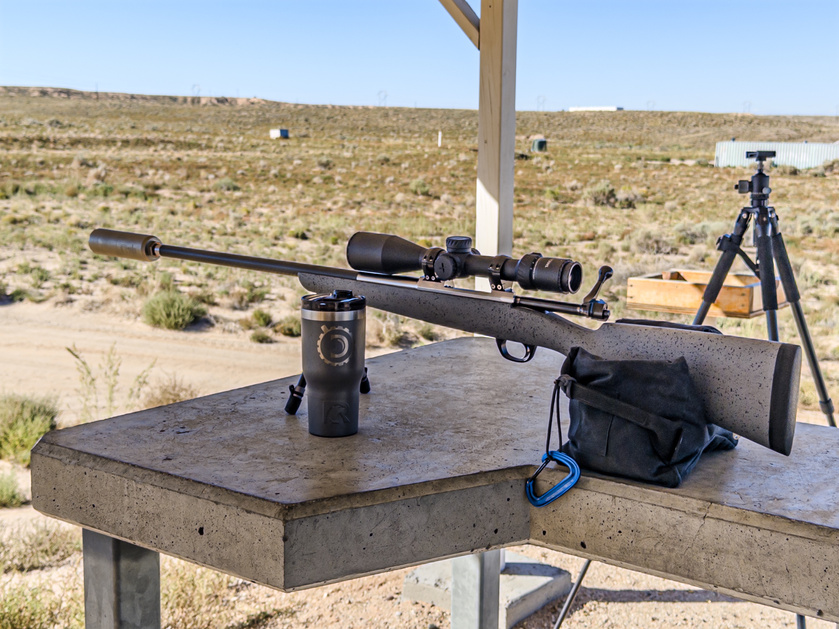When looking at modern budget LPVOs, the ones that stand out to me are the versions with fiber illuminate reticles. These have been around for a while in different guises, but they started (at least the ones I can think of) with Japanese manufacturers. Trijicon has been dabbling with different version for a long time, but Vorte Razor Gen2 1-6x24 is the scope that really put it on the map. These have been made in significant quantities and acquitted themselves very nicely. A while back, I spent some time in the place that maintains a lot of the small weapon systems for the various specialized troops we have. I was not there for dayoptics, but boy did I see a lot of Razor Gen2 scopes there. They were well liked and they held up well. Simple reticle was easy to use and the ultra bright fiber dot made the scope seriously fast. Wide and very well corrected FOV did not hurt either. The scope is not cheap, so Vortex offered a similar reticle illumination scheme in a much cheaper Phillipino made PST Gen2 1-6x24 https://alnk.to/aANR0Sl
A lot more recently, Chinese OEMs figured out how to do fiber reticles and Primary Arms' 1-6x24 with Nova fiber iluminated reticle became an unmitigated success. https://alnk.to/6bUUuw4
Fiber illuminated reticles are electroformed (wire), rather than etched out of glass. That prevents reticle designers from adding many features of questionable utility into the sight picture. Apparently, the concept worked since Primary Arms has since added a fiber illuminated version of their PLxC 1-8x24 which is really impressive https://alnk.to/4XvBCQE (review coming soon). That's the scope that goes head to head with the Razor Gen2.
What, then, goes head to head with the inexpensive PA SLx?
That would be the 2nd generation of SwampFox Tomahawk scopes. I saw the 1-6x24 version at SHOT and it is avialable with a wire fiber illuinated reticle (BFO in SwampFox parlance) and more conventional, but less bright glass etched reticle. All of these reticles are avialable in 1-4x24 and 1-6x24 models.
Unlike most other scopes out there, SwampFox offers their fiber illumination in four colors: red, blue, green and amber.
After staring at the specs a little bit, I got my hands onto the 1-4x24 model with amber iluminated dot.
I suspect more people would prefer red or green dot https://alnk.to/58qmBLq , but I had a very specific thing I wanted to test.
I have mild astigmatism and an ultra bright red dot does trigger it slightly. It does not impact my shooting, but amber is supposed to play better with astigmatism. For people with more sever eye astigmatism than mine, this could be important.
Well, to cut the long story short, the amber dot is indeed sharper to my eye. Here is the view through the Tomahawk II on 1x:
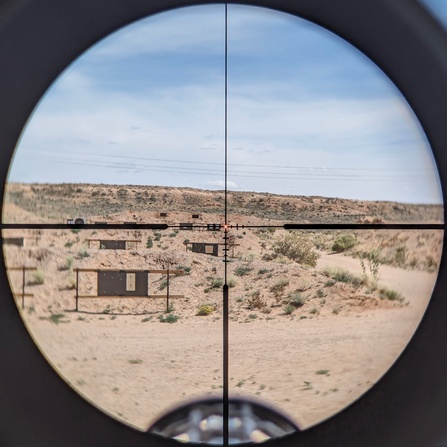 and on 4x:
and on 4x:
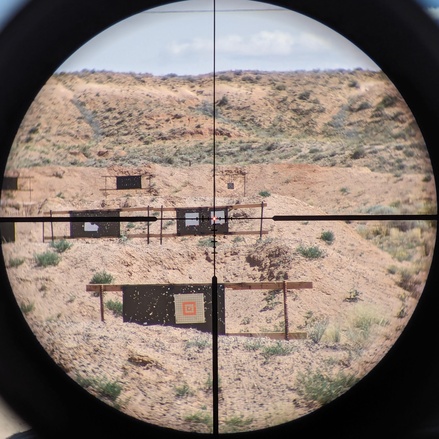
I looked at the Tomahawk next to he similarly priced Primary Arms SLx 1-6x24:
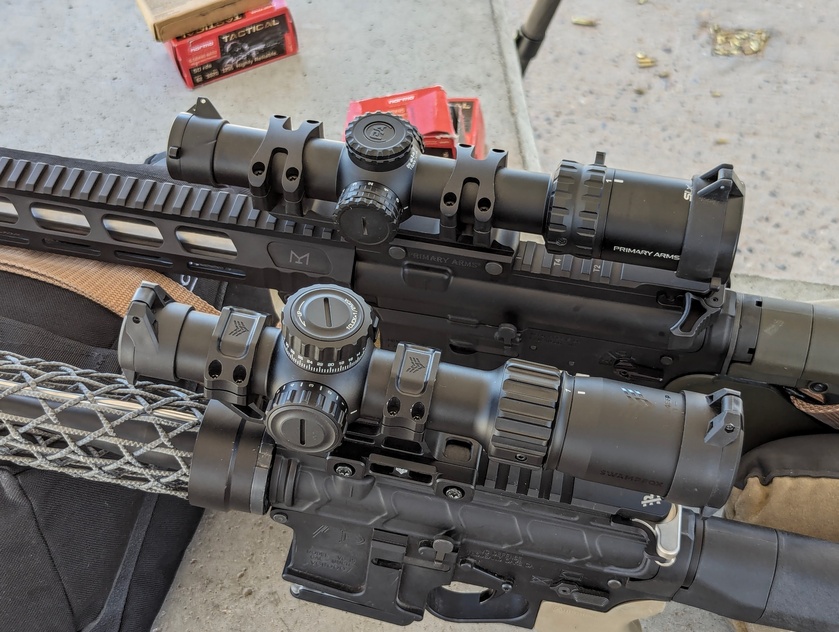
In comparison, the new Swampfox is about an inch shorter and a couple of ounces heavier. The illumination on the PA is a bit brighter, but both were easily day bright in midday Albuquerque sun.
PA's SLx has simple covered turrets. SwampFox uses locking exposed turrets. That probaby accounts for the weight difference. On a scope of this type, covered turrets work just fine, but as long as the turrets lock, I do not hugely care.
What I do care about is the FOV and that is the reason I went with the 1-4x SwampFox instead of the 1-6x. On 1x, it has 134ft @ 100yards FOV. That's a lot. All of the scope I talk about in the background section above are in the 115 to 120 ft range. Here is the view through the SLx on 1x. Note that FOV difference:
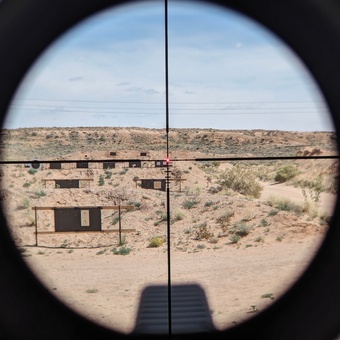 The 1-6x version of the Tomahawk II has FOV nearly identical to the PA, but the 1-4x is wider. To me, that is probably more important on a budget LPVO than the erector ratio (within reason). I'd love to see a truly modern 1-4x LPVO that is very short and has wide FOV.
The 1-6x version of the Tomahawk II has FOV nearly identical to the PA, but the 1-4x is wider. To me, that is probably more important on a budget LPVO than the erector ratio (within reason). I'd love to see a truly modern 1-4x LPVO that is very short and has wide FOV.
In the meantime, I am pretty hapy with the new SwampFox. Optically, it is a step up over the previous generation and a flatter image than the SLx. Now, it is not a true apple to apples comparision due to different erector ratios. However, it is a very nicely sorted out scope in terms of image quality. Resolution and contrast are pretty good even at the edges. I spent time with it in a variety of lighting conditions without any issues. Even flare is fairly well controlled.
Mechanically, I have not had any issues yet, but it is a sample of one. I did not test whether the windage turret tracks. It tracked correctly while sighting in, but that's oe adjustment. I did check the elevation turret to the tune of about 30MOA and it was accurate. Since I do not intend to dial with it, I did not spend much time on that. The clicks are 0.5 MOA each and one full turn of the turret is 50MOA.
That gets to what I consider to be the main weakness of the design: like several SwampFox products it is MOA only. That basically makes it a non-starter for my own personal use, but if you are an MOA shooter, you might like it.
If you can live with the MOA reticle, the new Tomahawk II appears to be a very nicely sorted out budget LPVO option. Like all SwampFox products to date, it is made in China, which is why it costs what it costs. If you want a different country of origin, you'll need to open up your wallet a bit wider.
However, you would have to open it MUCH wider to get a alrger apparent FOV. The 1-4x24 Tomahawk II clocks in with an apparent field of view of just over 25 degrees. That's quite a lot and is one of the reasons it works well with clip-ons. Between that and the different reticle illumination options, it offers a compelling alternative.
